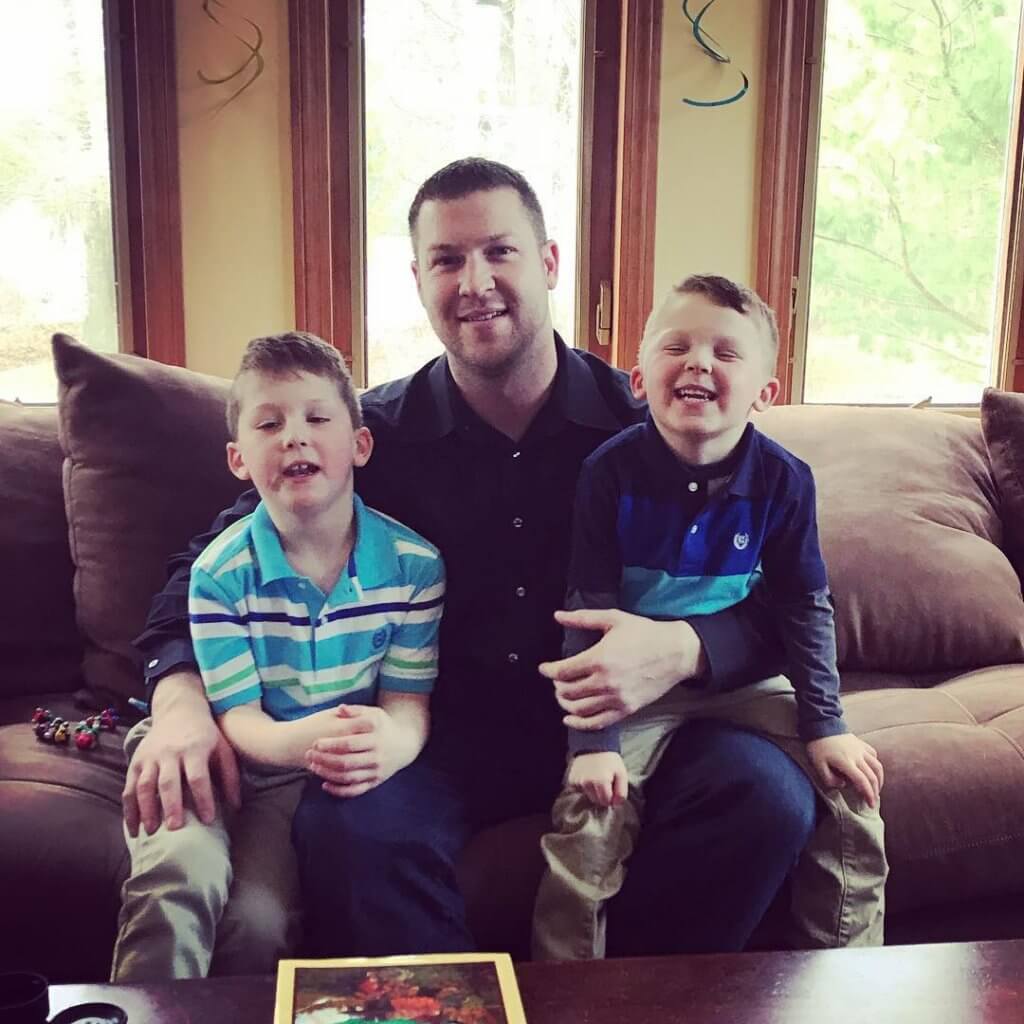When Kevin Hoyle found out he was a match for a blood cancer patient in need of a stem cell transplant in 2015, he felt surprisingly uncomfortable — not from fear of the procedure, but because he didn’t feel he deserved the opportunity.
“I’m just an ordinary guy,” he thought. “Why should I have the honor of being able to offer someone a possibly life-altering scenario?”
Hoyle signed up for the Be The Match Registry® a number of years prior during a blood drive organized by his employer. At the time, Hoyle says he felt compelled to join the list, even if he was never called upon to participate.

Be The Match® is operated by the National Marrow Donor Program® and manages the largest and most diverse marrow registry in the world. According to Be The Match®, 70% of patients in need of a bone marrow/stem cell transplant do not have a fully matched donor in their family. The program works to pair those patients with a match, opening up the option for this potentially life-saving procedure.
A “no-brainer”
Although Hoyle didn’t have a personal connection to cancer, he was aware of the suffering it could cause. In 2008, when Hoyle was still in middle school, his town of Hanover, MA mourned the loss of high school senior Steve Matheny — a member of the championship high school hockey team who passed away following a long fight with leukemia.
The experience had an impact on Hoyle at the time, and he says the emotions of that period came rushing back with the Be The Match® email. While it took a little while to work through his feelings regarding the gravity of the current situation, once he was able to fully digest the opportunity, he couldn’t schedule his appointment fast enough.
“At the end of the day someone needed my help. Stepping up was a no-brainer.”
The procedure
Hoyle underwent a peripheral blood stem cell (PBSC) donation – a non-surgical procedure (known as apheresis) similar to a platelet donation, that collects the donor’s blood-forming cells (also called blood stem cells). Prior to the procedure, donors are given injections of the drug filgrastim, designed to increase the number of blood-forming cells in their bloodstream. A PBSC donation is typically completed in a single day and may take up to eight hours.
A lifelong resident of Massachusetts, Hoyle knew he wanted to make his donation at the Kraft Family Blood Donor Center at Dana-Farber Cancer Institute and Brigham and Women’s Hospital.
“By that point, I couldn’t wait to make the donation,” explains Hoyle. “I had a great experience at the Kraft Center, and the whole procedure was relatively painless.”
Added meaning
Since completing the donation in 2015, Hoyle has not been in contact with his recipient. Above all else, Hoyle hopes they’re doing well, and while he’d love the opportunity to connect, he respects their privacy and understands there may also be restrictions preventing them from reaching out. Despite not knowing if the procedure worked, Hoyle says he’d do the whole thing again in a heartbeat.
His donation has also taken on additional, personal significance. Since then, Hoyle has watched and supported close family members and loved ones during their own cancer diagnoses and ensuing treatment. These moments have only strengthened his gratitude for his own opportunity to help someone else.
“This experience has been a defining moment in my life, and I could not be more thankful for having had the opportunity,” says Hoyle. “It’s shown me the impact one person can make, and I hope I can inspire others to participate in this opportunity.”
Dana-Farber’s Donor Services Program recruits potential donors throughout New England to the National Marrow Donor Program’s Be The Match Registry®. To learn more stem cell donation and how you can become a donor, click here.

Great role model – those two boys are in good hands.